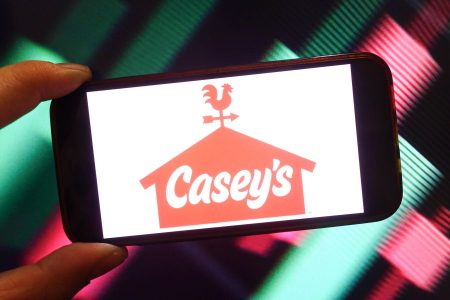The automotive market is experiencing a significant affordability challenge, with new vehicle prices soaring by an average of $10,000 over the past five years. This price surge is compounded by a near doubling of financing rates since 2022, creating a double whammy for prospective car buyers. Despite a recent slight easing of interest rates, borrowing costs for new vehicles remain substantial, with the average rate for individuals with excellent credit hovering around 10.37%, according to Experian.
Amidst this challenging financial landscape, a silver lining has emerged for creditworthy shoppers in the form of aggressive year-end promotional financing offers from automakers. Captive financing divisions are offering a plethora of cut-rate loan programs, with rates as low as 0.9% to 2.9% being commonplace. A substantial number of 2024 and 2025 models are even being offered with 0% financing for durations extending up to 72 months. These deals are particularly prevalent for electric vehicles (EVs), aligning with a broader industry push toward electrification and offering the added benefit of lower operating costs. This confluence of factors creates a potentially opportune moment for buyers considering an EV purchase.
These attractive financing offers coincide with the traditional year-end sales push by dealerships, which are eager to meet quotas and clear out remaining inventory, particularly of outgoing model-year vehicles. This intensifies competition and often leads to the most competitive deals of the year. Historically, the week leading up to the new year, particularly Christmas Eve and New Year’s Eve, are prime times for securing the best bargains. Buyers should be prepared to capitalize on this window of opportunity for maximum savings.
The allure of low-interest financing can be especially compelling for buyers considering higher-priced vehicles like full-size pickup trucks or luxury cars, where the impact of interest payments is magnified. For example, on a $50,000 loan over 60 months, a typical 10.37% interest rate would result in $14,289 in interest payments, whereas a promotional 2.9% rate would reduce that amount to a mere $3,773. The advantage of 0% financing is even more dramatic, eliminating interest payments altogether. This underscores the substantial savings achievable through these promotional offers.
However, it’s crucial to acknowledge the caveat associated with these enticing deals: they are typically reserved for “well-qualified buyers.” This qualification often translates to having a prime credit score and a favorable financial profile. Lenders assess creditworthiness based on factors like FICO scores, which are calculated using payment history, outstanding balances, and other relevant criteria. A higher FICO score generally signifies a lower risk for lenders and increases the likelihood of qualifying for promotional interest rates. Those with lower scores, considered subprime borrowers, may face higher rates or even loan denial.
FICO scores range from 300 to 850, with a score of 720 or above generally considered top-tier. Borrowers in the 690-719 range are also considered highly creditworthy. Securing a promotional rate hinges largely on falling within these higher credit score brackets. Therefore, understanding one’s credit score and taking steps to improve it if necessary is crucial for maximizing potential savings when navigating the car buying process. This emphasizes the importance of maintaining good credit health as a prerequisite for accessing the most favorable financing terms.










